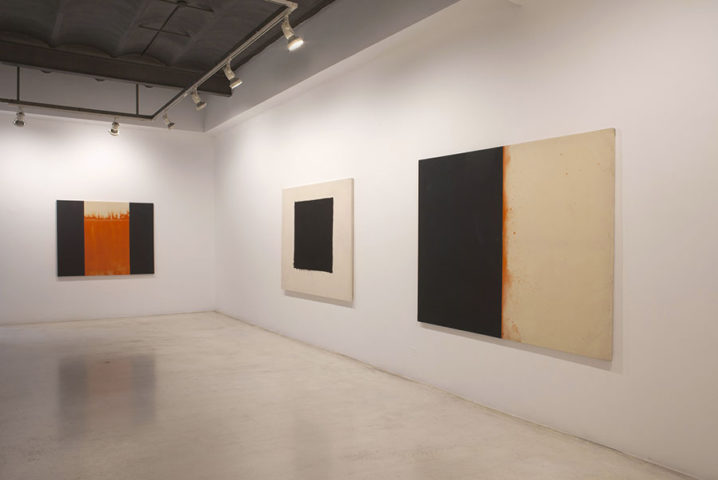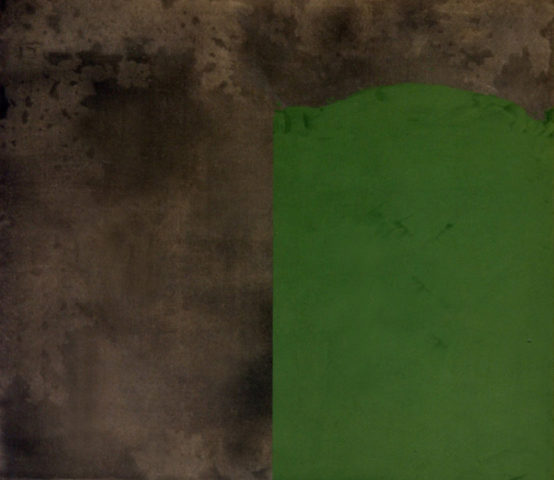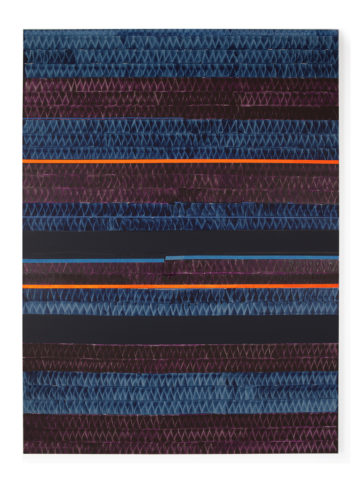Opening Thursday 10th of March, at 5 pm
Meeting with the artist on Wednesday 20th of April, at 7 pm.
Please RSVP at galeria@galeriajoanprats.com
We are glad to present Luis Gordillo’s sixth exhibition at Galeria Joan Prats, entitled ‘Re/Encuentro’, where we will show recent works by the artist, such as paintings, drawings and large polyptychs of digital prints.
For this exhibition, Ignasi Aballí has written a text titled ‘Subinsconciente’, in an effort to pay tribute to the work of Luis Gordillo.


